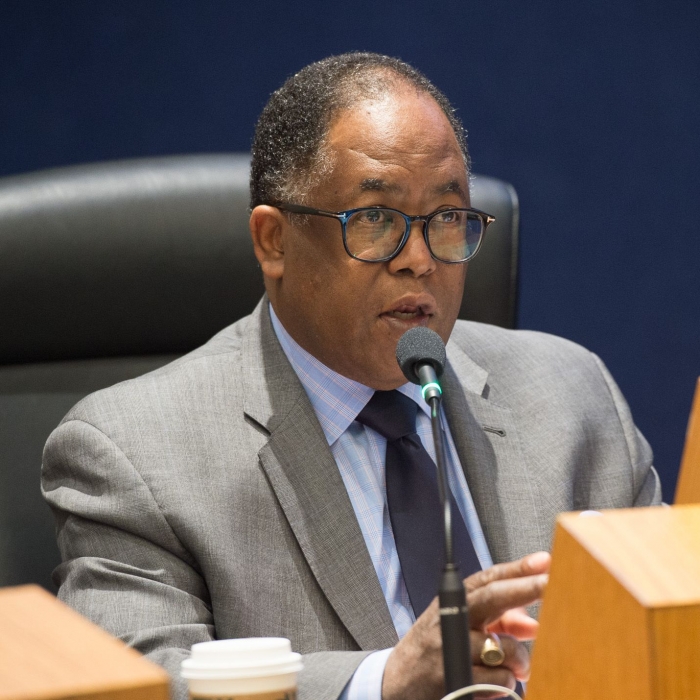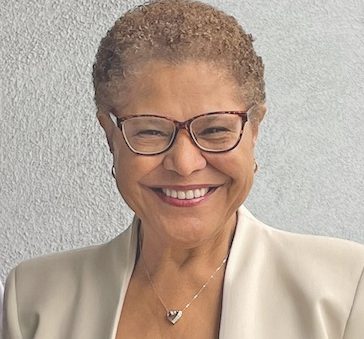
In an effort to balance homeless engagement with public health, safety and street access, Councilmember Ridley-Thomas joined Council President Martinez and Councilmembers Krekorian, O’Farrell, Blumenfeld, de Leon and Price to advance a holistic effort to address street homelessness.
In a motion that defeated Councilmember Busciano’s efforts to punitively re-institute “anti-camping” provisions in the municipal code that would prohibit sitting lying, sleeping or storing personal property across the city, Councilmember Ridley-Thomas advanced an alternative proposal that would require a Street Engagement Strategy to be implemented in 30 days, consistent with LAHSA’s Best Practices for Street Engagement to be adopted and implemented across the city that is inclusive of an offer of suitable and available overnight shelter, interim housing, or permanent housing, before any enforcement of public spaces where there are persistent public safety, health or access issues.
“While we can all agree that the status quo is untenable – I think we can also agree that there are right ways and wrong ways to disrupt the status quo and improve conditions on the street. I am governed by a fundamental position: Before the unhoused are restricted from occupying public space, they should be thoughtfully engaged and offered a suitable alternative for housing options,” said Councilmember and Chair of the City’s Homeless and Poverty Committee Mark Ridley-Thomas.
The City of Los Angeles has a population of nearly 4 million people, but as of the 2020 Homeless Count, 41,000 of our residents were experiencing homelessness of which almost 28,000 experienced unsheltered homelessness. To address this crisis, the City Council has devoted nearly $1 billion dollars to alleviating homelessness across the city.
However, the City Council also acknowledges the public health and safety impacts that can be created when encampments are set up in unsafe and unsuitable locations, creating impediments to access public streets, specifically for the disabled and mobility impaired. Encampments can also create great danger to those residing in them and surrounding communities, including the risk of fire; the Los Angeles Fire Department reported that in 2020, 6,788 of a total of 14,405 fire calls citywide — nearly half of all incidents — were homelessness-related.
The proposal would ensure that homeless service providers and street outreach, staff lead the Street Engagement Strategy, deploying available alternative models (potentially including, but not limited to, the use of interventionists and experts in conflict resolution) and limit the use of law enforcement engagement to instances where there is an occurrence of criminal behavior or activity. The City Council would be required to pass a resolution, location by location and post a notice if the location identified does not pose an imminent harm.
“If we truly want to make a significant impact in addressing the moral crisis of our time that is homelessness, the solution does not lie in criminalizing our unhoused neighbors for occupying public spaces, it lies in scaling up sustainable solutions to transition Angelenos safely indoors, while also ensuring that our streets remain clean and accessible – and this first begins with a ‘Right to Housing.'”






